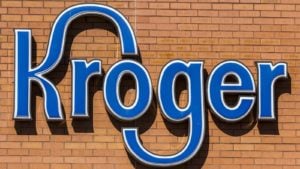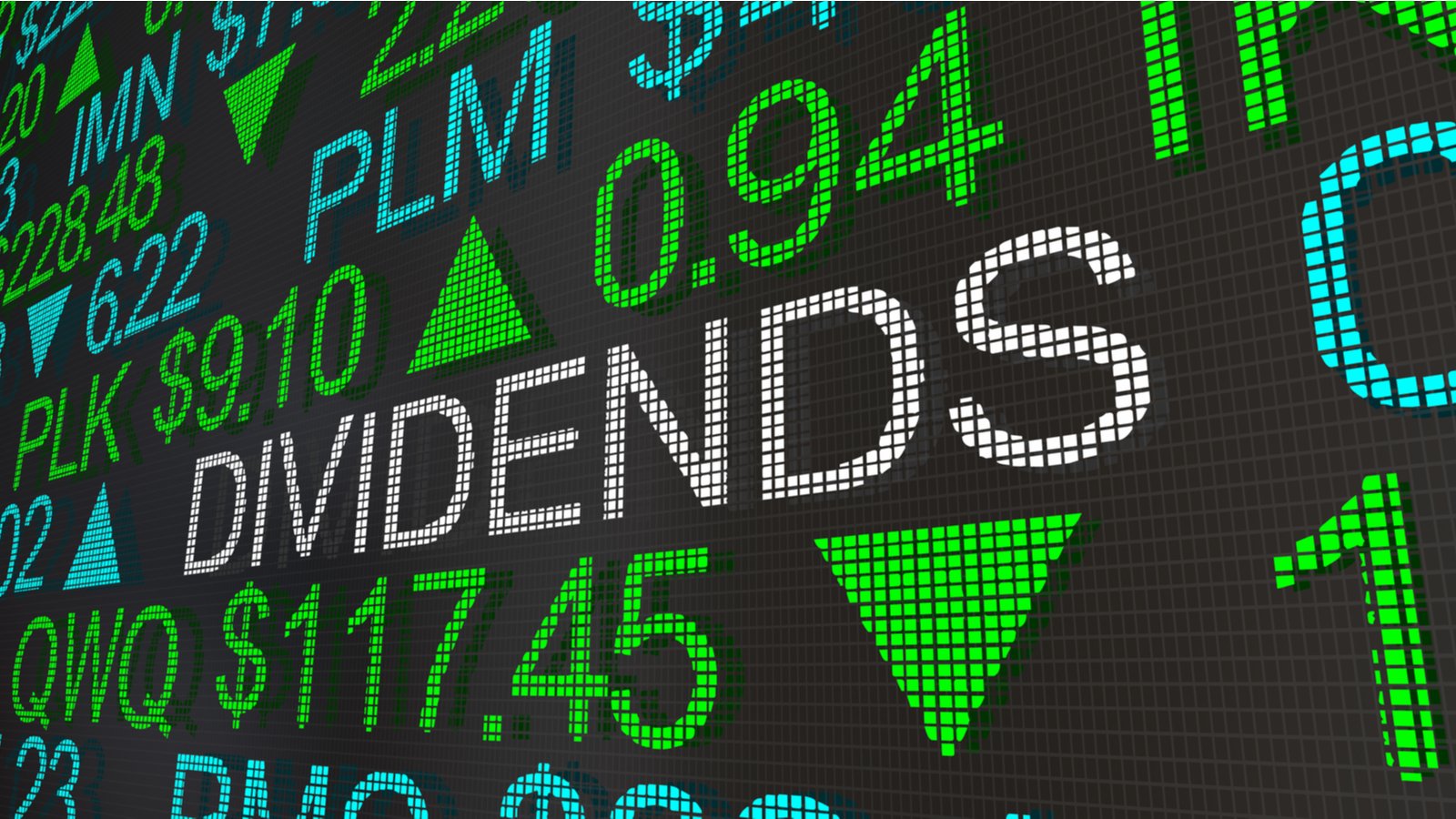Inflation has definitely penetrated the U.S., as the June U.S. producer price index jumped 7.3% year-over-year and 1% month-over-month. The YOY surge was the highest on record. Investors looking for a conservative way to combat the inflation, which will probably stay elevated for at least the next year, should consider safe, high-yield stocks.
Certainly, a portion of the YOY increase was caused by the fact that some of the economy was closed in June 2020. Yet that’s far from the only reason for the inflation that’s gripped the economy, as the 1% month-over-month surge demonstrates.
In compiling this list, I used two strategies to find safe high-yield stocks.
First, I chose large, highly reputable companies that operate in sectors that are at least somewhat resilient to economic turbulence, including elevated inflation.
Second, only firms whose 2021 earnings per share are expected-(based on analysts’ average EPS estimates ) to be at least 1.7 times the annual dividend per share that they will pay out this year were selected. Companies that meet these two criteria are unlikely to cut their dividends, and their stock prices are unlikely to fall dramatically.
Some say that high-yield stocks involve any equity with a yield that’s above that of the 10-year Treasury note. But given the depressed state of Treasury yields and the strength of inflation, I decided to use a different definition of “high-yield stocks.”
Specifically, I picked stocks with yields of at least 2%, about 50% above the average yield of the S&P equities. However, two of the four names on my list have yields that are well above 2%.
These are the high-yield stocks that I chose:
High-Yield Stocks to Buy: The Toronto-Dominion Bank (TD)

The large Canadian bank has a much higher yield than its American counterparts; TD’s annual yield currently stands at 3.8%. Conversely, JPMorgan’s (NYSE:JPM) payout is 2.4%, while Bank of America’s (NYSE:BAC) is 2.2%.
Inflation is running above 3% in Canada, so I think that the country’s central bank, like America’s Fed, will wind up meaningfully tightening by the end of the year, sparking higher interest rates. Such a move by the Bank of Canada would help boost TD’s net interest margin, lifting its results.
Canada’s economy is oriented towards commodities, and inflation generally causes commodity prices to surge, making TD well-positioned for inflation. What’s more, the fact that Canada’s banks escaped major damage during the 2008 financial crisis has made me confident in its financial sector.
TD is slated to pay out $2.54 per share this year, versus its fiscal 2020 EPS of $6.43. And encouragingly, despite the pandemic, TD’s EPS climbed nearly 3% last year.
UPS (UPS)

UPS has a dividend yield of 2.1%.
E-commerce’s growth may be accelerating less than some expected, as shown by the fact that Amazon’s (NASDAQ:AMZN) Q2 e-commerce results disappointed The Street. But, as shown by the fact that the giant’s e-commerce sales had jumped 27% YOY despite the tough comparison with Q2 of last year, e-commerce is still expanding rapidly.
And that, of course, is great news for UPS, which delivers many e-commerce packages.
So it’s small wonder that the company’s Q2 revenue jumped 14% YOY and came in above analysts’ average estimate, while its EPS was a very high $3.06 and was 25 cents above the mean outlook.
A number of analysts nitpicked at the results, criticizing relatively minor points such as UPS’ faster-than-expected deceleration of revenue growth and lower-than-expected margin guidance.
But the revenue deceleration should have been expected, given the tough comparison with the pandemic. And since UPS, with FedEx (NYSE:FDX), forms a packaging duopoly, both companies should have little trouble raising prices in the medium term and long term.
Analysts’ average 2021 EPS estimate for UPS is $10.95, versus its dividend payout of $4.08.
High-Yield Stocks to Buy: Exelon (EXC)

The electric utility has a dividend yield of 3.27%.
For the most part, electric companies are famously safe; every business and consumer needs electricity and in the U.S., electricity use does not drop very much during economic downturns; even in 2008, the year that the Great Recession started, electricity use fell less than 1% in America.
What’s more, regulated utilities such Exelon often get the government’s approval to pass on much of their cost increases to customers. Since the utilities are generally monopolies, consumers and businesses basically have no choice but to pay up.
Traditionally, U.S. electric utilities have not offered much growth. But in the electric vehicle, data center, and marijuana-legalization era, I think that’s destined to change. Indeed, Exelon’s operating revenue jumped 13% YOY in Q1, and its top line increased meaningfully in each of the years from 2015 to 2018. With the pandemic easing, that trend has likely returned.
The utility was significantly hurt by the winter storm in Texas; but the event has actually showcased the utility’s resiliency, as it still expects to generate operating income per share, excluding some items, of $2.60-$3.
According to Barron’s, utilities have become growth names and are poised to benefit from the shift to renewable power.
Exelon will pay out dividends of $1.53 per share this year, while analysts’ mean 2021 EPS estimate is $2.75.
Kroger (KR)

The company has a dividend yield of 2.06%.
Of course, no matter what the economy is doing, everyone always has to eat. That makes supermarket chains like Kroger very safe.
What’s more, there’s evidence that supermarkets, including Kroger’s, are quite resilient to inflation. A high number of the chains have effectively used price increases to prevent their profits from being meaningfully eroded by inflation, analyst Krisztina Katai stated recently.
In Q1, Kroger’s identical store sales jumped nearly 15% versus 2019, while its EPS, excluding some items, soared almost 29% over the same period and its gross margin decreased by a tiny 0.2 percentage points.
Kroger CEO Rodney McMullen said that many consumers, continuing the habits they learned during the worst of the pandemic, are still eating at home more than they used to before 2020.
Kroger’s EPS this year is expected to be $3.36, while it will pay out dividends of 84 cents per share.
On the date of publication, Larry Ramer did not have (either directly or indirectly) any positions in the securities mentioned in this article. The opinions expressed in this article are those of the writer, subject to the InvestorPlace.com Publishing Guidelines
Larry Ramer has conducted research and written articles on U.S. stocks for 13 years. He has been employed by The Fly and Israel’s largest business newspaper, Globes. Larry began writing columns for InvestorPlace in 2015. Among his highly successful, contrarian picks have been GE, solar stocks, and Snap. You can reach him on StockTwits at @larryramer.
